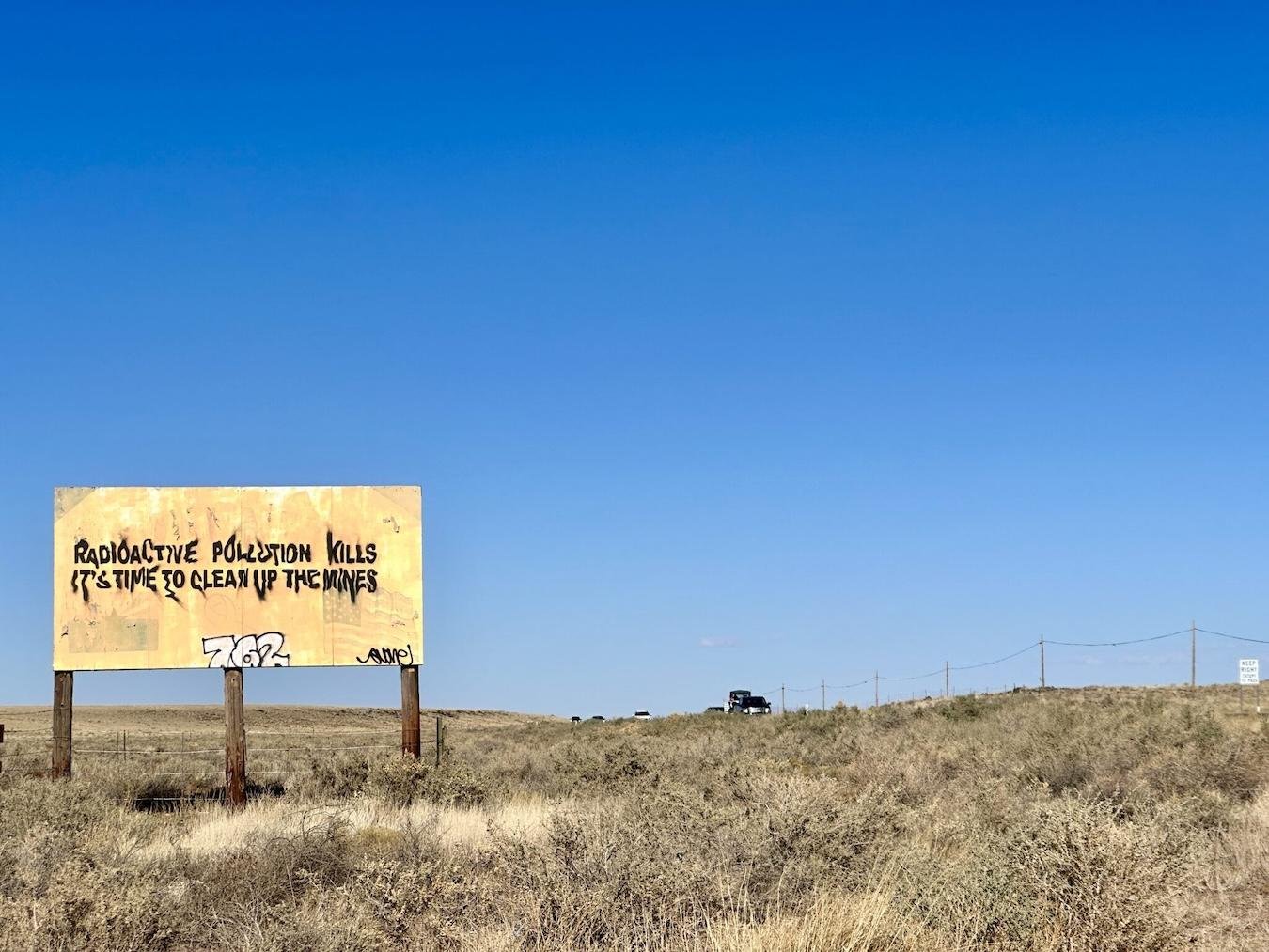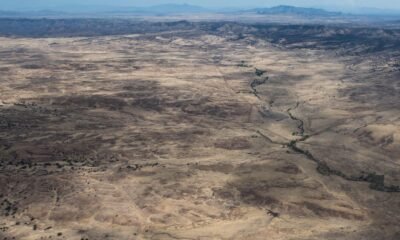Business
Navajo Nation Faces Uranium Shipment Dilemma Amid Lack of Emergency Plan

Concerns over uranium mining linger for the Navajo Nation, where a troubled history of uranium extraction has left a cultural and environmental mark since the 1940s. Families continue to grapple with the devastating consequences of over 500 abandoned uranium mines, raising alarms about health hazards and environmental degradation.
Residents in western areas of the Navajo Nation are now facing a new challenge: the approved transportation of uranium ore through their communities. The approved haul route from the Pinyon Plain Mine will traverse more than 300 miles of northern Arizona into Utah, impacting numerous local communities.
In a troubling development, Energy Fuels, Inc. transported uranium ore through the Navajo Nation without notifying tribal leaders or affected communities. On January 29, an agreement was announced between Energy Fuels and the Navajo Nation, allowing shipments to resume in February, but community awareness about this decision remains uncertain.
The absence of public information from tribal officials has raised more questions than answers. Community members express apprehension about emergency protocols in the event of an accident involving uranium haul trucks. Key concerns include who will take responsibility during an incident and how the community will receive notifications.
Gabe Lavine, director of the Arizona Division of Emergency Management, emphasized that the primary responsibility for emergencies lies with the trucking company. He noted that local authorities, if warranted, will provide notifications through various channels, including public alert systems, radio, and social media.
The logistical complexities of responding to emergencies become apparent. Over half of the haul route crosses tribal lands, creating potential gaps in coordinated responses between state and tribal authorities. Stephen Etsitty, the Navajo Nation Environmental Protection Agency Director, pointed out that while the mining company is responsible for initial cleanup, state and tribal agencies will play significant roles in managing any fallout.
Energy Fuels has contracted Hammon Trucking to manage the uranium transportation. The trucking company’s emergency response plan requires immediate notification of local emergency services in case of incidents, as well as coordination with environmental agencies for cleanup efforts.
Despite the framework provided by the trucking company’s emergency plan, inadequate communication around these critical issues persists. Plans are underway to refine the Navajo Nation’s emergency response, particularly in relation to the transportation and potential hazards of uranium. However, Deputy Director Michael Henderson noted that the existing emergency response plan lacks specific protocols for uranium transport, highlighting a need for revisiting these provisions amid growing community fears.
Education is another crucial component in this dynamic. Henderson acknowledged that more information needs to reach the community to alleviate concerns regarding uranium hauling. The collaborative efforts to update emergency response strategies intend to address both immediate community needs and long-term implications of uranium transportation.
The environmental implications are significant given that the approved haul route spans more than 170 miles across Navajo land, intersecting with both homes and agricultural zones. As responsibility for any incidents typically falls on the trucking company and state authorities, the potential for ecological damage increases anxiety within communities burdened by previous mining legacies.
In the event of a hazardous materials incident, the response and cleanup activities will depend heavily on inter-agency coordination. Etsitty confirmed ongoing communication between the Navajo EPA and Energy Fuels to develop effective strategies and ensure proper oversight. As dynamics evolve, ensuring community involvement and raising awareness remain pivotal challenges for tribal officials striving to address the community’s pressing concerns.


















